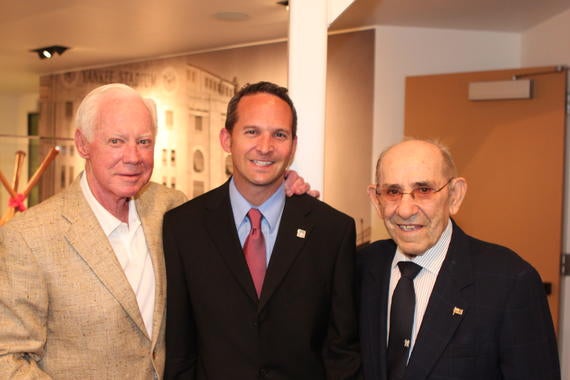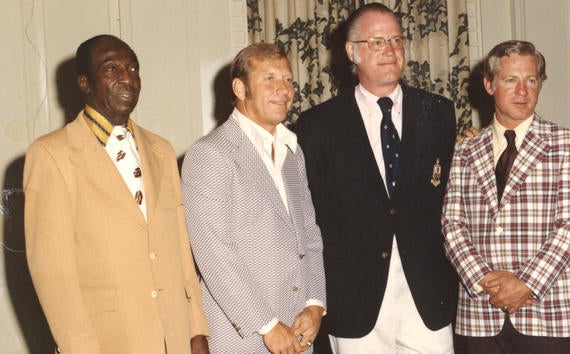Whitey Ford remembered as ace of Yankees dynasty
At the heart of baseball is great pitching, the most indispensable part of any team.
At the heart of baseball’s greatest dynasty was Whitey Ford, possibly the best money pitcher the game has ever known.
Ford, 91, passed away on Thursday, Oct. 8, 2020. He spent more than four decades as a Hall of Famer following his election in 1974. During his 16-year playing career, Ford – along with Yogi Berra and Mickey Mantle – became the embodiment of the New York Yankees team that was baseball for the postwar generation.
"Whitey Ford anchored the great Yankees teams of the 1950s and ’60s and was the winningest pitcher in the team’s storied history," said Jane Forbes Clark, Chairman of the National Baseball Hall of Fame and Museum. "A six-time champion and the owner of the most World Series wins by any pitcher, Whitey loved the Hall of Fame, Cooperstown and the legacy that he and his teammates built during the game’s golden era. We extend our deepest condolences to his family and we will celebrate his life in Cooperstown forever."
Craig Muder is the director of communications for the National Baseball Hall of Fame and Museum










